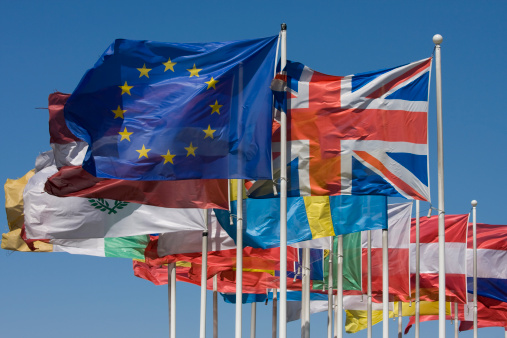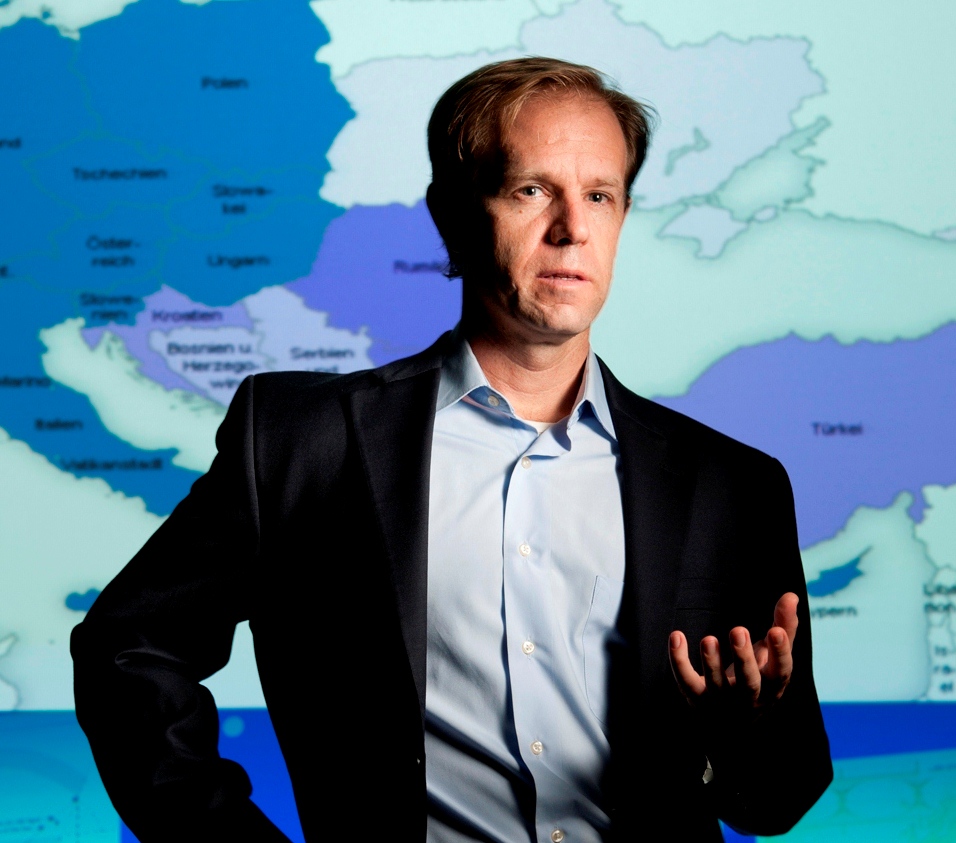
Robert A. Kagan’s comparative perspective on American law and politics has set the stage for a productive debate over regulation.
Einstein once said, “The formulation of a problem is often more essential than its solution, which may be merely a matter of mathematical or experimental skill. To raise new questions, new problems, to regard old problems from a new angle, requires creative imagination and marks real advances in science.” Asking the right questions is as important in social science as in physics, and far too much work in contemporary political science and socio-legal studies fails on this fundamental score.
Over the course of his career, Robert Kagan has demonstrated again and again an extraordinary ability to ask the right questions. Kagan’s work on American law and regulation, from works like Going by the Bookto Adversarial Legalism, poses fundamental questions about the nature of regulation in the United States. And fortunately for us, his work has not just asked the right questions, it has gone a long way toward answering them. In formulating and answering these questions, three elements of Kagan’s approach stand out: his knack for formulating new concepts, his facility for combining macroscopic and microscopic analysis and his emphasis on viewing American law and politics from a comparative perspective.
As Sartori and others have taught us, concept formation is a critical element of social science research. Many scholars of law and politics fail to ask the right questions because they lack the conceptual tools necessary to comprehend the phenomena of interest to them. Many scholars before Kagan recognized that there were distinctive features of the American legal and regulatory style, but Kagan surpassed others in his ability to formulate a concept that could capture these distinctive elements.
Kagan’s concept of adversarial legalism captures the distinctive features of the U.S. approach to policymaking, and dispute resolution. It is a multi-dimensional, ‘thick’ concept, which can be described in terms of two primary features (formal legal contestation and litigant activism) or further unpacked to reveal a number of interrelated characteristics including (1) complex rules, (2) adversarial dispute resolution, (3) costly legal contestation, (4) strong sanctions, (5) frequent judicial review of administrative actions, (6) political controversy over legal rules, (7) politically fragmented decision-making systems, and (8) legal uncertainty and instability. Equipped with the concept of adversarial legalism, one could see better the common themes that link seemingly disparate areas of law and policy. And prospectively, Kagan’s concept of adversarial legalism has provided a tool and a common vocabulary for a host of other scholars of American and comparative law and politics.
But Kagan is not just a theorist, he is an empiricist who can “soak and poke” with the best of them. A distinctive strength of Kagan’s empirical work is the way it so effectively combines macroscopic and microscopic analysis. Kagan looks for the big picture and the fine grain. His work on adversarial legalism combines empirical analysis of broad trends affecting the structure of American government, the economy, the political and legal cultures and the legal profession with analysis of highly detailed developments in policy areas ranging from criminal justice, to civil procedure, to tort law to social and environmental regulation. In doing so, he shows how phenomena ranging from punitive damage awards in personal injury cases, to class actions in anti-trust cases, to plea bargaining in criminal cases, to litigation over environmental impact assessments are connected to deeply entrenched structures of the American political and economic system, and aspects of American legal culture and the legal profession.
In his work on American exceptionalism, Seymour Martin Lipset famously said that he who knows only one country, knows no country. Unfortunately, parochialism dominates much of the study of American public policy. In analyzing fundamental questions about the nature of law and regulation in the United States, Kagan has shown himself to be that rare sort of Americanist-one with an instinct and a vocation for comparative politics. Like a handful of the great scholars of American politics-including the likes of Lipset, Robert Dahl and John Kingdon-Kagan understands that the distinctive features of the American polity can only be understood against a comparative background. In short, the fields of American politics or public law are best understood as subfields of comparative politics. While a number of Americanists acknowledge this, few actually let it inform their work. Kagan’s work, by contrast, is deeply comparative. This perspective has not only enriched Kagan’s work on the U.S., it has also allowed him to make major contributions to the study of law and regulation in polities outside the U.S.-inspiring specialists on law and regulation across Europe and Asia to wrestle with Kagan’s ideas.
I am one such specialist. My research on regulation in the European Union has been deeply influenced by Kagan’s work. Indeed, a 1997 paper he wrote on the question, “Should Europe worry about adversarial legalism?,” more than any other single work, has inspired much of my research agenda over the past decade. Kagan asked a simple, yet highly prescient question: should European countries worry that adversarial legalism-with the pathologies that accompany it-might take root across the Atlantic?
Kagan and I have not agreed completely on the answer to this question. He has maintained that a variety of entrenched national legal cultures and institutions across Europe will forestall the development of adversarial legalism there. By contrast, I have argued that political and economic changes fostered by the process of European integration are indeed encouraging the rise of a European variant of adversarial legalism-“Eurolegalism.” In my 2011 book, Eurolegalism, and in a series of articles, I argue that the economic liberalization and political fragmentation associated with the process of European integration have generated functional pressures and political incentives encouraging European Union (EU) policy-makers to rely on adversarial legalism as a mode of governance.
I acknowledge that the legal cultures and institutions highlighted by Kagan will continue to channel and limit the development of adversarial legalism, such that its European variant-Eurolegalism-is more muted and sedate than adversarial legalism in the U.S. Nevertheless, I maintain that Eurolegalism is on the rise and that many of the traditional impediments to ‘regulation through litigation’ in Europe are crumbling under new pressures unleashed by the process of European integration. Recently, a number of other scholars have taken up the debate launched by Kagan and myself, and it appears that our engagement on this question is sparking a fruitful line of research on a wide range of policy areas. It has been one of the great pleasures of my academic career to debate these questions with the master himself and to see our discussion spark new research by other scholars.
This essay is part of a five-part series, Honoring Robert A. Kagan.




